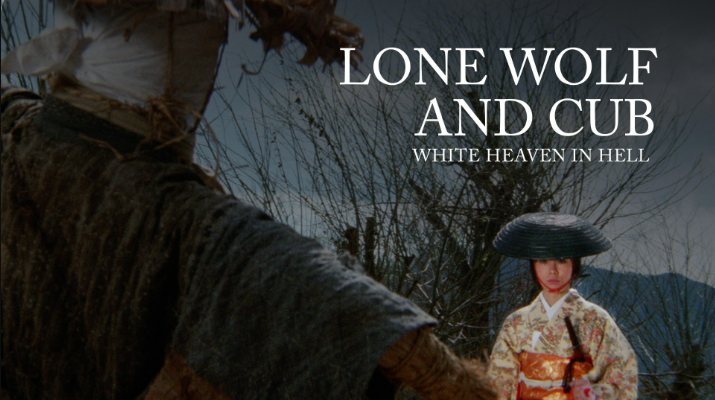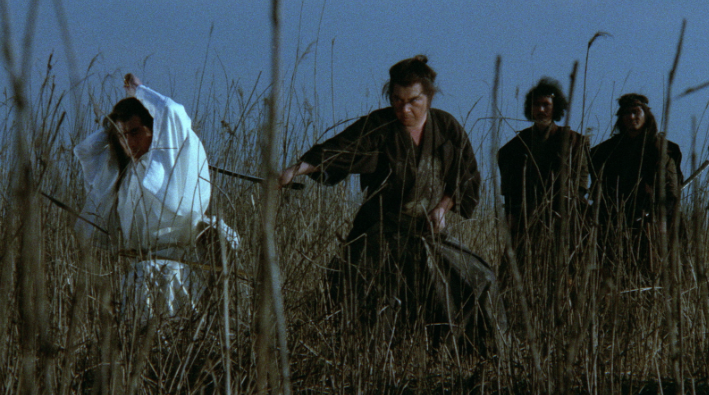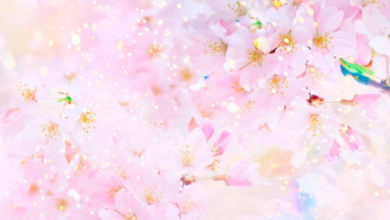Lone Wolf and Cub: White Heaven in Hell

In Lone Wolf and Cub: White Heaven in Hell, the intricate relationship between Ogami Itto and his son Daigoro serves as a poignant backdrop for exploring themes of revenge and moral ambiguity within the samurai tradition. The narrative not only captivates with its striking visual artistry but also challenges the audience to confront their own ethical dilemmas. As the duo traverses a world rife with conflict and sacrifice, one must consider how their journey reflects broader questions of loyalty and humanity. What implications do these themes hold for our understanding of personal values in a complex society?
Overview of the Series
Lone Wolf and Cub: White Heaven in Hell serves as a pivotal installment in the acclaimed manga series created by Kazuo Koike and Gōseki Kojima.
This volume intricately weaves together various story arcs that not only enhance character development but also reflect the cultural significance of samurai ethics and the quest for freedom.
Its narrative depth continues to resonate with audiences, highlighting enduring themes of honor and sacrifice.

Key Themes Explored
While the narrative of White Heaven in Hell unfolds through gripping action and vivid imagery, it simultaneously delves into profound themes that explore the complexities of human existence within the samurai code.
The parent-child relationship between Ogami Itto and his son illustrates love intertwined with duty, while the revenge motif serves as a catalyst for moral questioning, revealing the cost of vengeance on one’s humanity.
Read also: William Thomas Building: Student Apartments
Character Development
The character development in White Heaven in Hell is intricately woven, showcasing the evolution of both Ogami Itto and his son, Daigoro, against the backdrop of their harrowing journey.
Their character arcs reflect profound emotional growth, as they confront their past and navigate the complexities of loyalty, vengeance, and survival.
This journey not only shapes their identities but also highlights the enduring bond between father and son.
Read also: Watch Too Beautiful: Our Right to Fight
Artistic Style and Impact
Artistry in White Heaven in Hell plays a pivotal role in amplifying the narrative’s emotional weight, deeply complementing the character development of Ogami Itto and Daigoro.
The use of visual symbolism enriches the storyline, while innovative narrative techniques create an immersive experience.
This interplay between art and storytelling not only enhances engagement but also invites reflection on themes of freedom and resilience.
Conclusion
In Lone Wolf and Cub: White Heaven in Hell, the intricate dance of revenge and sacrifice reveals the profound moral dilemmas faced by the characters. The relationship between Ogami Itto and Daigoro serves as a poignant testament to the enduring bonds of family amidst chaos. As the narrative unfolds, the samurai code emerges not as a rigid doctrine but as a double-edged sword, cutting through the complexities of loyalty and survival, ultimately illuminating the fragile essence of humanity.




